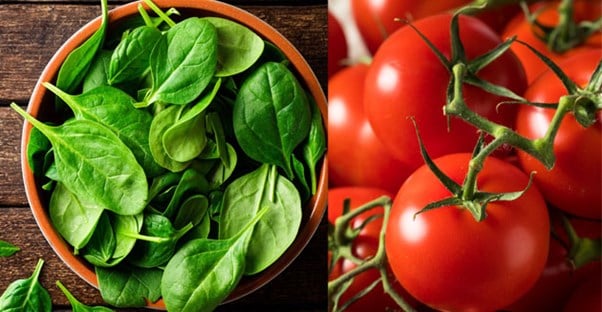Citrus Fruits

Starting off with a classic, citrus fruits are a great source of vitamin C. Citrus fruits include: oranges (51.1mg vitamin C), lemons (30.7mg vitamin C), limes (19.5mg vitamin C), and grapefruit (38.4mg vitamin C). If you buy a vitamin C supplement from the store, the chances are very high that it has one of these flavors.Did you know that British sailors in the 19th century were called “limeys” because of all of the limes they had to eat while out at sea? This was because they previously suffered from scurvy, a disease caused by a severe lack of vitamin C, and the scientific world had recently discovered that the cure to scurvy was citrus fruits since they were so high in vitamin C.
Kiwi

The kiwifruit is packed with 64mg vitamin C and is about 83% water. The skin, although unpleasant for some to eat, is also packed with good amounts of fiber, and oil made from the seeds contains good fatty acids—although your body can’t absorb the nutrients from the seeds unless they are in oil form or ground. Kiwi is originally from China, and today it is still one of the largest producers of the fruit. The reason people from New Zealand are often called “Kiwis,” however, is because New Zealand was the first to commercially grow and sell the fruit, which American soldiers stationed in New Zealand took note of because they had never seen the fruit before.
Melons

Cantaloupe, honeydew, and watermelon are all high in vitamin C. Cantaloupe contains 202.6mg of vitamin C per medium-sized melon. Honeydew has about 230mg of vitamin C in one melon. Watermelon rounds up about 266mg of vitamin C per melon.
While it may take a while to eat a whole watermelon, it is the perfect summertime treat, and when combined with cantaloupe and honeydew in a fruit salad, you get a pretty hefty dose of your daily vitamin C in one bowl.
Radishes

Radishes contain about 14mg of vitamin C per 100g and are a great raw addition to any salad. You can commonly find them in authentic Mexican tacos at your favorite local taco truck alongside some onion, cilantro, and spicy salsa. They have a very neutral flavor and are packed with water, making them a great pair with the heat of a taco.Radishes are also important parts of many Asian cuisines, and there is a festival in Japan and in Oaxaca, Mexico, where locals celebrate radishes. This is part of the Japanese Festival of Seven Herbs and the Night of the Radishes, where citizens of Oaxaca celebrate radishes on December 23 as a part of Christmas by making large sculptures out of this vegetable.
Collard Greens

If you are from the south, there is a big chance that you have had collard greens. There’s nothing like a fresh pot of greens with some cornbread on a winter evening. This is also great because collard greens are packed with 18mg of vitamin C per every 100g, so they are not only comforting in the winter, but might also help you fight that pesky wintertime cold.Collard greens are not only a popular food in the southern United States, but also in many countries in Africa and Europe as well as Brazil. What is interesting is that there are many similarities among these cultures’ dishes starring collard greens, which usually include stewed meat, onions, and beans.
Guava
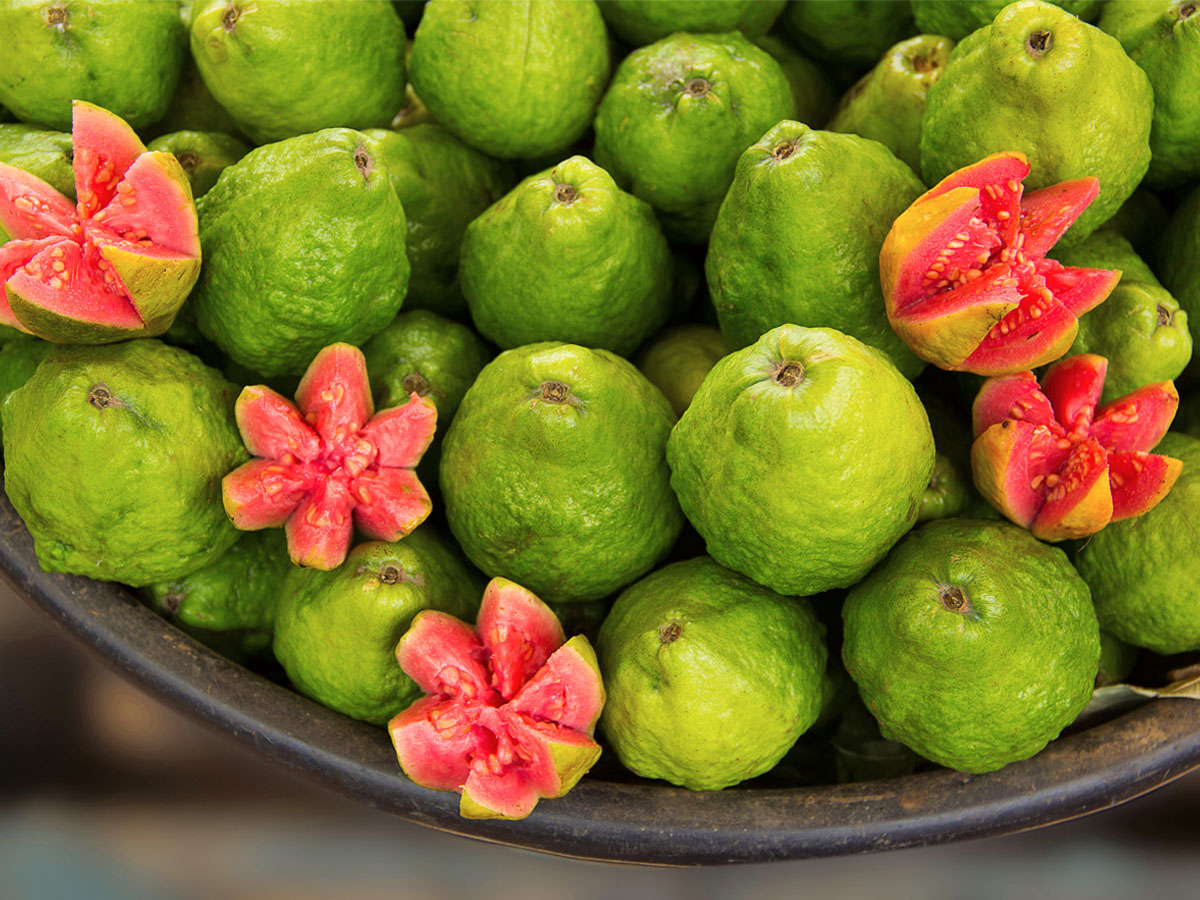
Guava is a very popular fruit in Latin America due to its prevalence in the tropical climates in southern Mexico, Central America, the Carribean, and northern South America. It has a whopping 228mg of vitamin C per every 100g of fruit. Guava is packed with tons of micronutrients, and the guava seed oil can be used cosmetically due to its micronutrient richness.
Guava is also popular in countries along the equator like the Philippines, Pakistan, and Taiwan. It is typically eaten raw like an apple, but is also commonly made into juices such as the aguas frescas you can find in many Latino countries. Some cultures also cook the guava into stews or even add it as a substitute for tomatoes in sauces.
Okra

Another southern staple, okra racks in about 23mg of vitamin C per 100g. It also has about 3g of fiber, 2g of protein, and many other essential nutrients. That makes fried okra a health food, right??Okra is originally from West Africa and Southern Asia, and it was likely brought to America and popularized by the melting pot of cultures. In some parts of America, you can hear this food being called “gumbo.” Maybe that’s how the popular Louisiana dish got its name since okra plays a starring role.
Pineapple
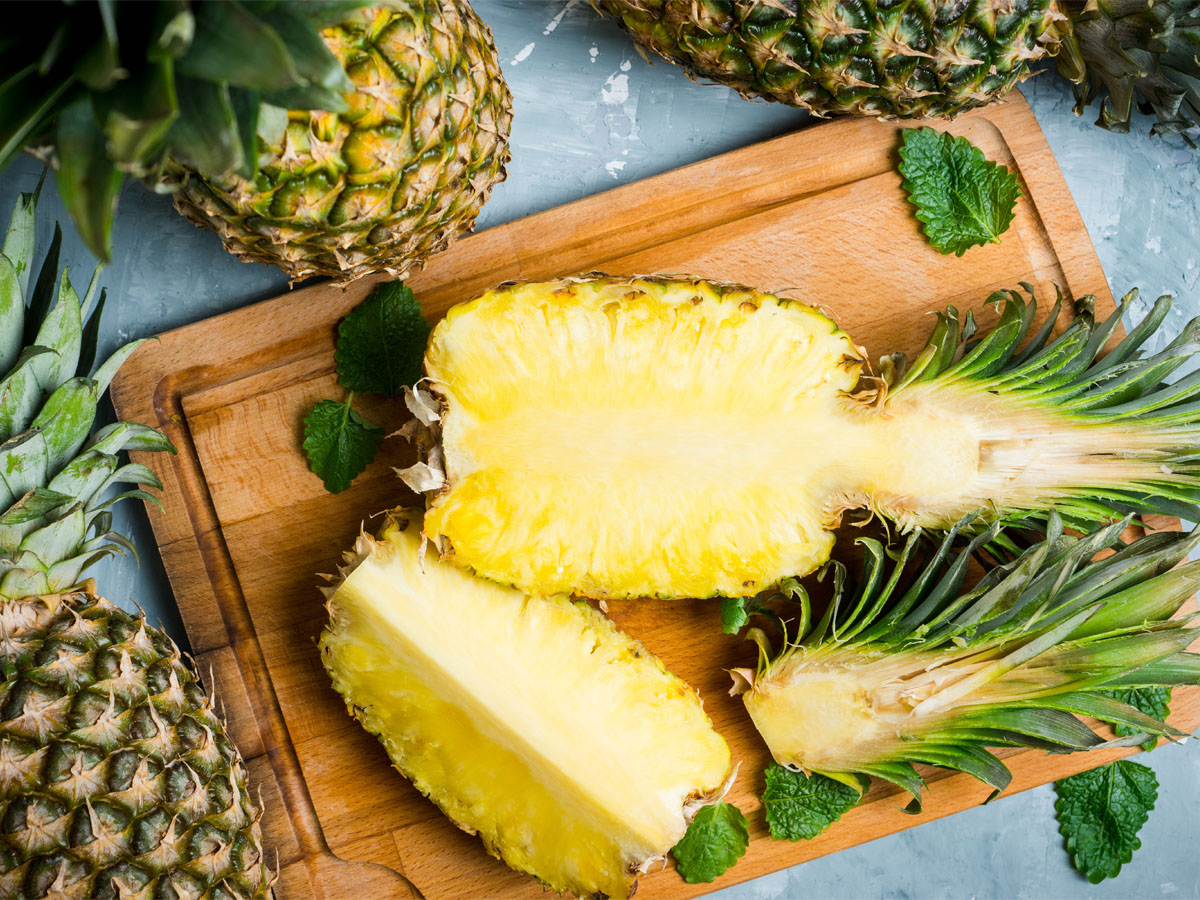
Pineapples are native to South America and contain almost 50mg of vitamin C per 100g. They are one of the most popular tropical fruits in the world and are currently produced mainly in Hawaii, Costa Rica, the Philippines, Brazil, and Thailand. Pineapple makes just about any dish more fun. From fruit salads to smoothies, Asian dishes to pizza, there are so many ways to add more pineapple into your diet for more vitamin C!
Onion

Not only do onions make just about every savory dish better, they also have about 8mg of vitamin C per 100g. Onions are also suspected to have many other health benefits in addition to containing a hefty amount of vitamin C.It’s possible that onions can help out with keeping the heart healthy, preventing cancer, controlling blood sugar, boosting bone density, killing bacteria, and healing your gut, according to Healthline. It’s easy to add this superfood into your dishes for more health benefits!
Berries
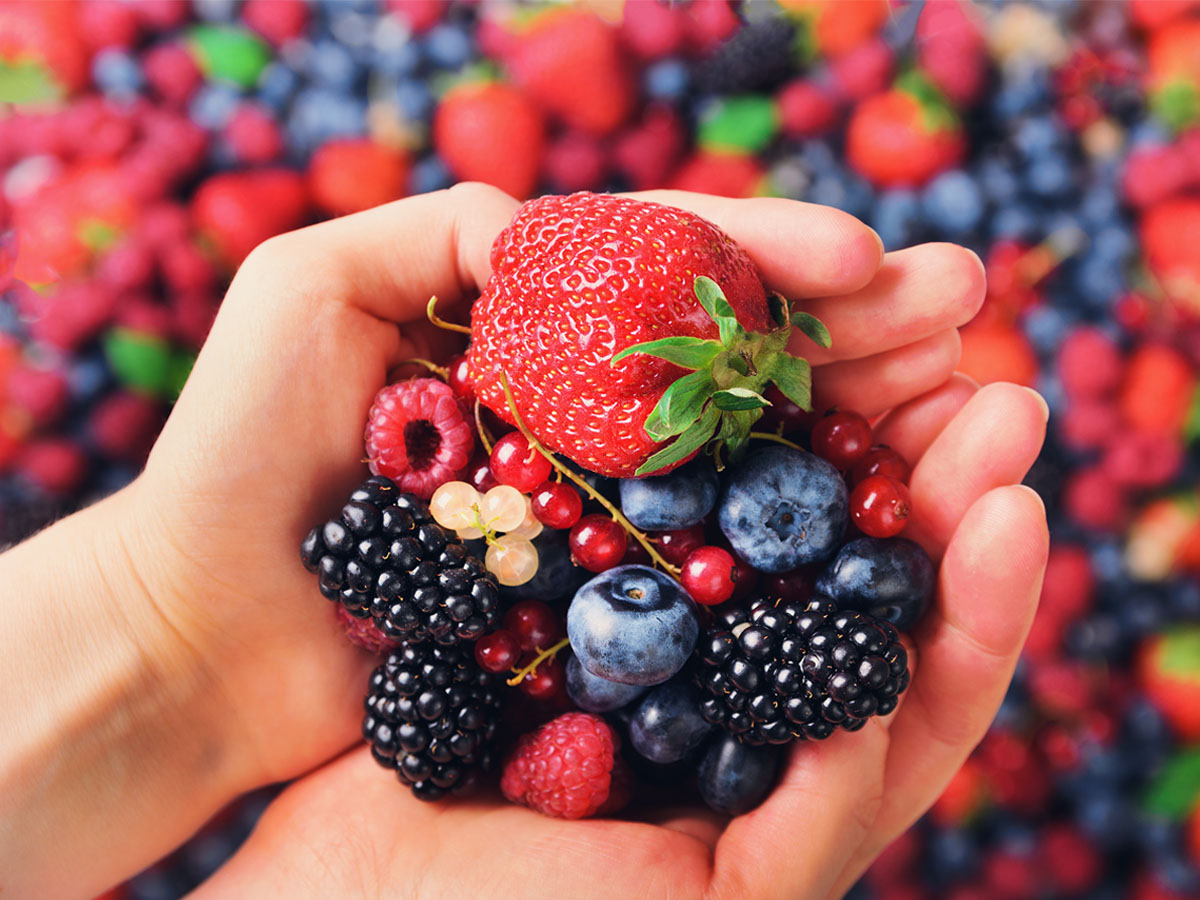
Strawberries, raspberries, and blackberries all are very high in vitamin C. Strawberries come in at about 60mg of vitamin C per 100g. Raspberries contain 26mg of vitamin C per 100g, and Blackberries have 21mg of vitamin C per 100g.Berries also have quite a large amount of different antioxidants, which are important for nearly any function in your body. They are also delicious in tons of desserts or even on their own. For a low calorie sweet treat, try putting a dark chocolate chip inside of a raspberry!
Potatoes

Have you ever met a potato that you didn’t like? It seems nearly impossible. They are so versatile and taste good in just about any way, shape, or form. Both white and sweet potatoes are also good sources of vitamin C each containing about 20mg of vitamin C per 100g.
To add even more vitamin C to your potato dish, add some lemon juice or zest to your fries, mashed potatoes, or even your favorite scalloped potatoes. It might not necessarily be a super healthy dish, but you will be sure to get plenty of vitamin C!
Tomatoes
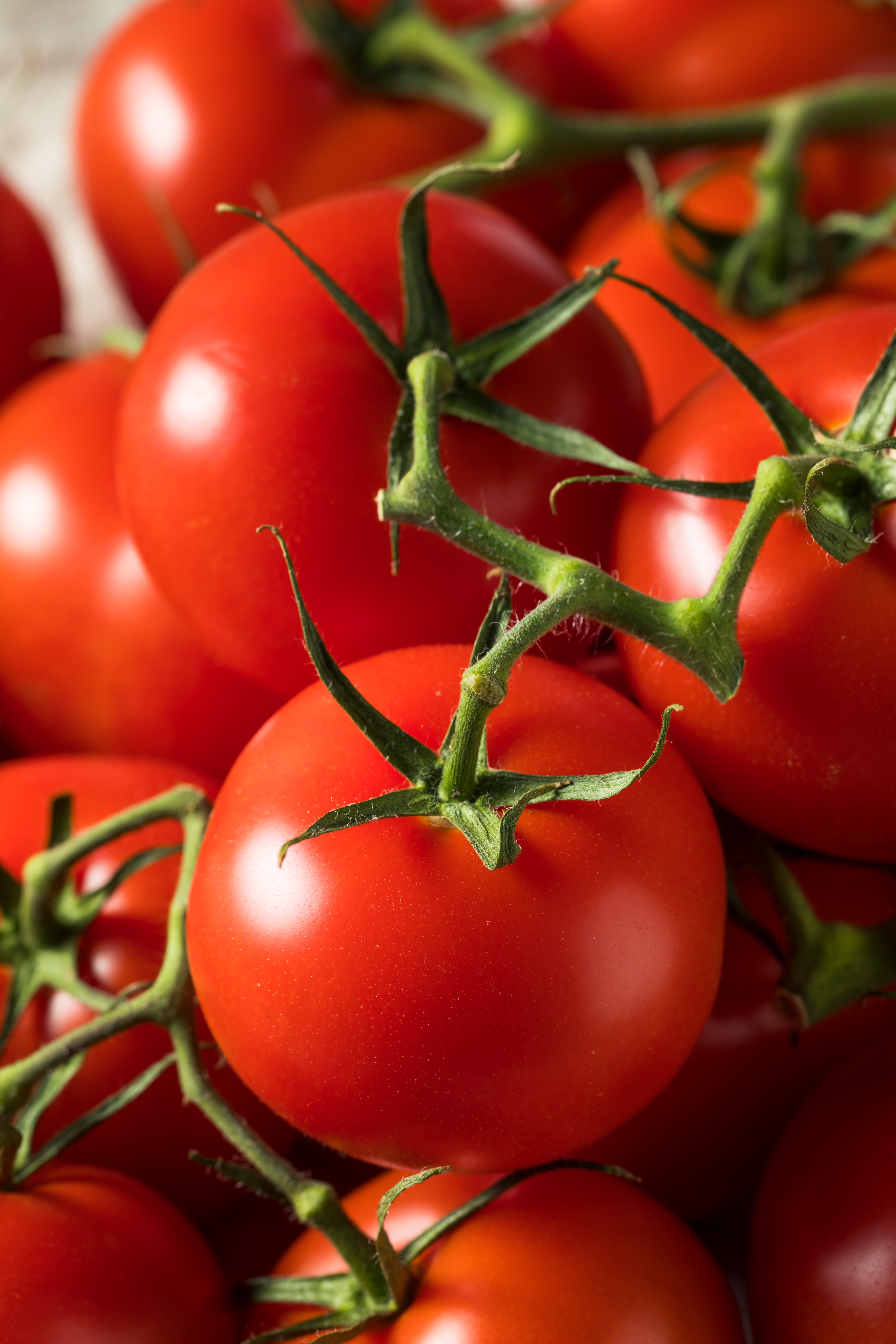
Tomatoes contain 14mg of vitamin C per 100g, making your afternoon salsa snack, favorite tomato soup, or the marinara sauce on your pizza full of vitamin C! Tomatoes have taken the world by storm since they were introduced to the worldwide market when explorers first came to the Americas. There are so many different ways to prepare tomatoes, and there are tons of varieties as well. You can eat them raw, roast them, can them, stew them, puree them, and so much more! Tomatoes are very versatile, and easy to add to nearly any meal for a little boost of vitamin C.
Bell Peppers

Did you know that a bell pepper has more vitamin C than an orange? It’s true! Bell peppers have about 80mg of vitamin C per 100g while oranges only have about 50mg of vitamin C per 100g.This means that fajita night is looking pretty good when it comes to meeting your vitamin C daily requirements. Add onion and bell peppers to a hot pan with oil, heat up your protein of choice with fajita seasoning, and top with some salsa. Add a lime on the side and voila! A vitamin C packed meal.
Cruciferous Vegetables

Broccoli, brussels sprouts, cauliflower, and cabbage are all grouped together under the category of cruciferous vegetables. They are on a bit of a trend right now because of all of their health benefits, and people are discovering new ways of making these traditionally hated veggies lovable. Not only are they low-calorie and nutrient-dense, they also are great sources of vitamin C! Broccoli contains about 90mg of vitamin C per 100g, brussels sprouts contain about 85mg of vitamin C per 100g, cauliflower contains about 50mg of vitamin C per 100g, and cabbage contains about 35mg of vitamin C per 100g.
Spinach
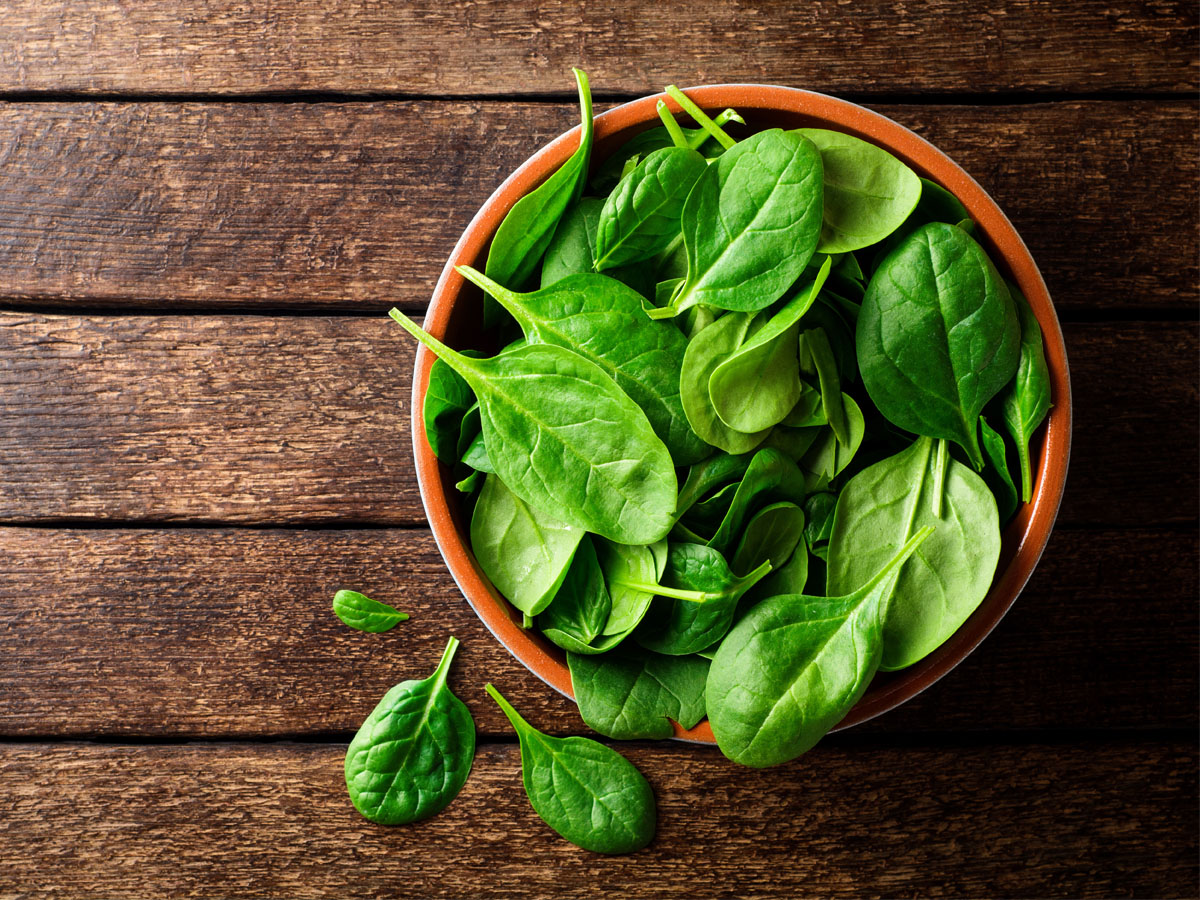
Turns out Popeye knew a thing or two about eating your spinach. Spinach not only is an excellent source of calcium, iron, and vitamin K, it is also a great source of vitamin C as it has 28mg of vitamin C per 100g.Add some spinach to your sandwich, blend it up in a smoothie, or throw it in with your marinara sauce. It is so easy to add spinach to nearly any meal since it “melts down” easily when heated and doesn’t take away from the flavor of any sandwich or smoothie you add it to.
 Author
Madeline Heinz
Last Updated: December 14, 2023
Author
Madeline Heinz
Last Updated: December 14, 2023
